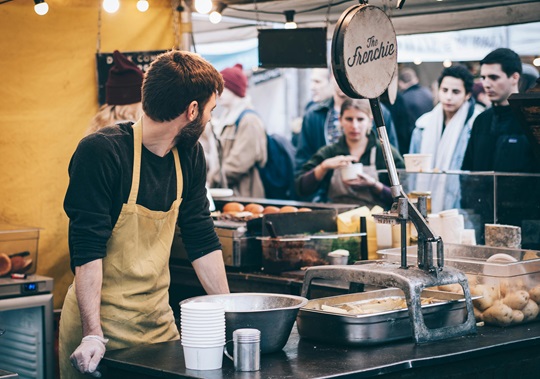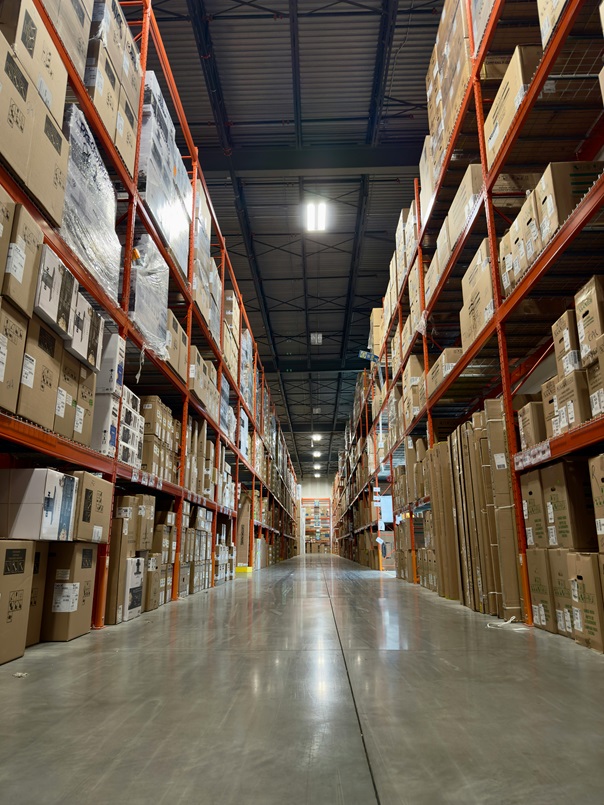Understanding how many customers per hour is considered busy can help business owners optimize operations, allocate staff, and deliver excellent customer experiences. The definition of “busy” varies across industries, business sizes, and customer service models, but the key is maintaining efficiency while meeting customer expectations.
In this article, we’ll explore what constitutes a busy hour for various businesses, how to measure it, and tips for managing customer flow effectively.
Understanding How Many CUstomers Per Hour Is Considered Busy?
A busy hour occurs when the volume of customers reaches or exceeds the business’s optimal capacity, requiring maximum effort from staff and resources. The threshold for being “busy” depends on factors like:
- Industry benchmarks.
- Business size and layout.
- Staff-to-customer ratio.
- Service duration per customer.
For example:
- Restaurants: A casual dining restaurant may be busy with 20-30 customers per hour, while fast-food outlets handle 40-60 customers per hour due to shorter service times.
- Retail stores: A boutique might consider 10-20 customers per hour busy, whereas a supermarket can accommodate 50-100 customers per hour during peak times.
- Service-based businesses: A salon might feel busy with 2-4 clients per hour since each service requires more time.

How to Calculate Busy Customer Flow
To determine what “busy” looks like for your business, consider these steps:
1. Analyze Historical Data
Use tools like your point-of-sale (POS) system or customer counters to track traffic patterns. Focus on peak hours and calculate the average number of customers per hour.
2. Assess Service Times
Determine the average time to serve one customer. For example:
- If serving one customer takes 5 minutes, a staff member can handle 12 customers per hour. Multiply this by your team size to gauge capacity.
3. Identify Peak Periods
- Restaurants often see peak traffic during lunch (12 PM–2 PM) and dinner (6 PM–8 PM).
- Retail stores experience busy periods on weekends and during holidays.
4. Adjust Staff Levels
Use historical data to schedule staff strategically. More staff during peak hours ensures smoother operations and shorter wait times.
Benchmarks for Customer Flow by Industry
Here’s an overview of what a busy hour might look like across different industries:
| Industry | Busy Customers Per Hour | Notes |
| Restaurants | 20-60 | Depends on service type (e.g., fine dining vs. fast food). |
| Retail (Small Stores) | 10-20 | Personalized service impacts capacity. |
| Grocery Stores | 50-100 | Higher volume due to shorter service times. |
| Salons/Spas | 2-4 | Longer service times per client. |
| Gyms | 15-25 | Based on check-ins during peak hours. |

Why Knowing Busy Hours Matters
Understanding busy hours is crucial for improving business efficiency. Here’s why:
- Efficient Resource Management: Properly staffed peak times prevent long wait times and bottlenecks.
- Enhanced Customer Experience: Quick service keeps customers satisfied and loyal.
- Increased Revenue Opportunities: Well-prepared businesses can capitalize on high demand.
- Cost Control: Avoid overstaffing during slow hours and understaffing during peak times.
For more insights, check out this guide to managing peak business hours.
Read Also What Are the 4Ps of Kroger Marketing?
Tips to Manage Busy Hours Effectively
1. Streamline Operations
- Use self-service kiosks or mobile ordering options to speed up transactions.
- Implement efficient workflows for order-taking and service delivery.
2. Leverage Technology
- Use customer analytics tools to predict traffic trends.
- Automate processes like checkouts and reservations.
3. Communicate with Staff
Ensure your team is prepared for busy periods through training and clear communication.
4. Offer Incentives for Off-Peak Hours
Encourage customers to visit during slower periods by offering discounts or promotions.
FAQs: How Many Customers Per Hour is Busy?
Q1. What defines a busy hour in retail?
In retail, 10-20 customers per hour is busy for small stores requiring personalized service. For grocery stores, 50-100 customers per hour during peak times is common.
Q2. How many customers per hour is considered busy in a restaurant?
For casual dining, 20-30 customers per hour is busy, while fast-food establishments may handle 40-60 customers per hour.
Q3. What tools can help manage busy hours?
Tools like POS systems, customer counters, and analytics platforms like Shopify POS can help monitor and manage traffic.
Q4. Can understaffing affect business during busy hours?
Yes, understaffing leads to longer wait times, frustrated customers, and missed sales opportunities. It’s essential to plan staffing based on traffic data.
Q5. How do I predict peak hours for my business?
Analyze historical sales data, observe seasonal trends, and consider external factors like local events or holidays.
Q6. What is the average number of customers per hour in retail?
The average number of customers per hour in retail varies, but small stores may see 10-15 customers during normal hours, while larger supermarkets can manage 80-100 customers per hour.
Q7. How can I calculate the customer traffic rate per hour?
To calculate customer traffic per hour, use a people counter or POS system. Divide the total number of customers in a day by the number of operating hours to get an average.
Q8. How do I optimize customer service during busy hours?
Train staff to handle peak times, implement a queue management system, and use customer feedback to improve service efficiency.
Q9. What industries experience the highest customer traffic per hour?
Fast-food chains, grocery stores, and malls often experience the highest customer traffic, especially during weekends and holidays.
Q10. How can small businesses manage busy hours effectively?
Small businesses can manage busy hours by scheduling staff smartly, using appointment systems, and offering self-service options like kiosks.
Q11. What time of day is typically busiest for retail stores?
Afternoons and early evenings, especially between 4-7 PM, are usually the busiest times for retail stores. Weekend afternoons also see a significant increase in foot traffic.
Q12. How does customer traffic vary by location?
High-traffic locations like malls and urban centers see more customers per hour, while suburban or rural locations typically experience fewer customers.
Q13. How can technology help with busy hours in restaurants?
Technology like table reservation apps, mobile ordering systems, and kitchen display screens can streamline operations during busy hours.
Q14. What are some strategies to attract customers during off-peak hours?
Offer discounts, host special events, or provide time-limited deals to increase traffic during slower periods.
Q15. How does weather impact customer traffic per hour?
Adverse weather conditions can reduce foot traffic, while favorable weather often increases it, especially for outdoor and leisure-based businesses.
Q16. What are peak business hours for fast food restaurants?
Fast food restaurants typically see peak traffic during lunch hours (12 PM–2 PM) and dinner hours (6 PM–8 PM).
Q17. Why is it important to monitor hourly customer traffic?
Monitoring traffic helps optimize staffing, improve customer service, and plan marketing strategies to align with peak periods.
Q18. Can seasonal trends affect how many customers visit per hour?
Yes, holidays, school breaks, and seasonal sales events significantly impact customer volume and traffic patterns.
Q19. What is the average customer wait time during busy hours?
For retail, wait times during busy hours can range from 3-10 minutes. Restaurants may experience 15-20 minute waits during peak dining times.
Q20. How can businesses handle unexpected surges in customer traffic?
Businesses can handle unexpected surges by implementing flexible staffing, using temporary staff, or adopting scalable systems like mobile checkout solutions.
Conclusion
The number of customers per hour that is considered busy varies by industry, business size, and service model. Restaurants might be busy with 20-60 customers per hour, while retail stores may manage 50-100 during peak times. By analyzing historical data, optimizing workflows, and aligning staffing with customer flow, businesses can handle busy hours efficiently while maintaining a high level of service.
For more insights on optimizing your business operations, explore Hootsuite’s business management tips or Forbes’ small business strategies.




